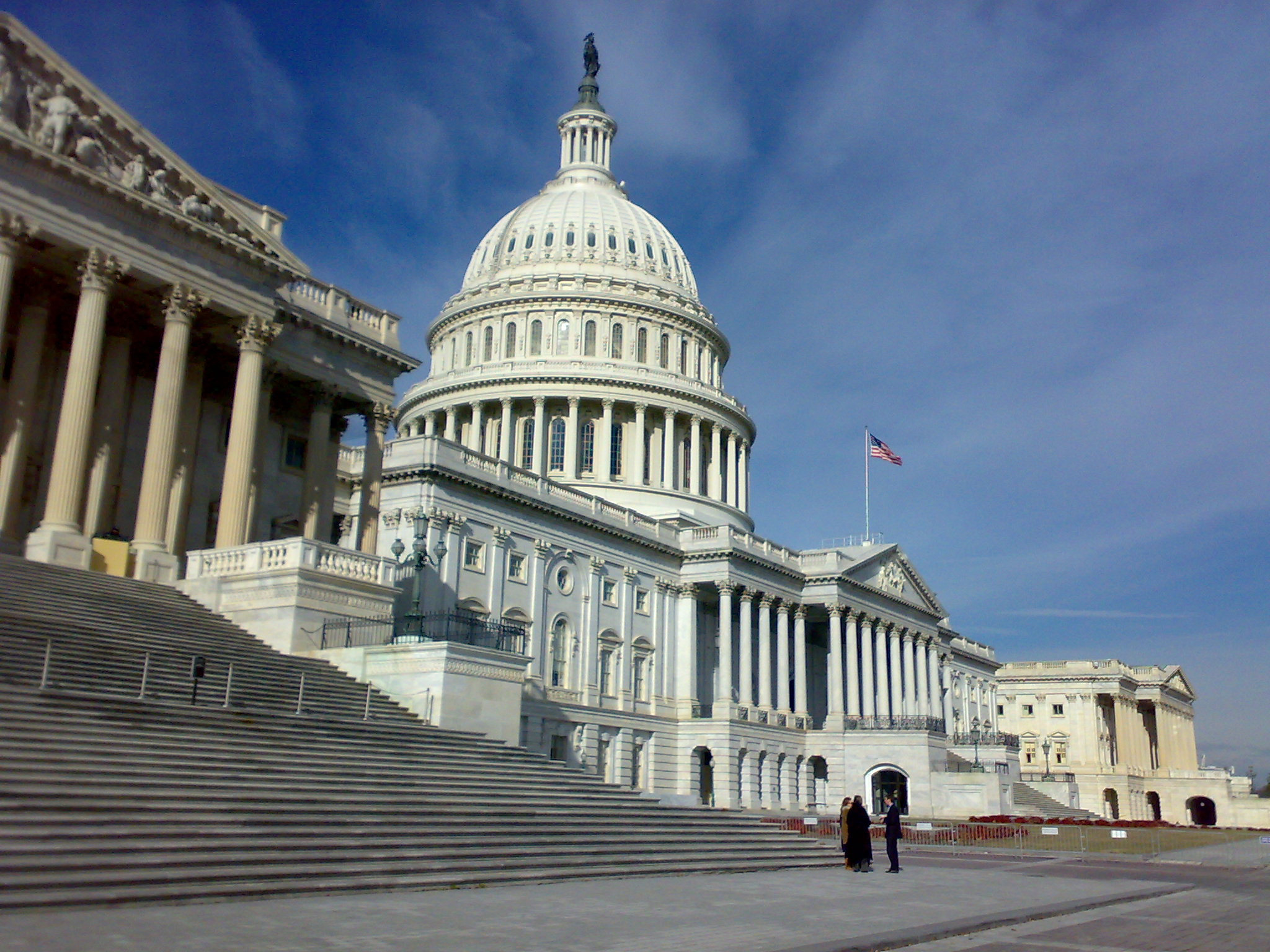
In their haste to adjourn and hit the campaign trail, members of Congress left a long list of unfinished business and postponed floor votes and committee meetings in their wake. Most notable on the unfinished business list, Congress has yet to enact any of the 12 annual appropriations bills and will have until December 20 to negotiate a final FY 2025 appropriations package (or enact another Continuing Resolution to avoid a government shutdown). In addition, several federal programs expired at the end of the fiscal year and were extended through December 20 as part of the Continuing Resolution. Congress must either enact a long-term reauthorization or short-term extension of those programs to keep many of them from sunsetting, including the Farm Bill, which covers agriculture, rural development and nutrition programs, and the National Flood Insurance Program.
Other items on the unfinished business list of interest to cities and counties include:
Replenishment of the Disaster Assistance Fund (made more urgent by Hurricanes Helene and Milton).
The Water Resources Development Act (WRDA) (HR 8812/S 4367), which authorizes Army Corps of Engineers civil works projects and sets Corps civil works policy.
Reauthorization of the Workforce Innovation & Opportunity Act (WIOA) (HR 6655), which covers federal job training programs.
In addition, industry has recently renewed their efforts in support of a massive telecom preemption bill (HR 3557), lobbying for its inclusion in a year-end ‘must pass’ bill. The bill, which the House Energy and Commerce Committee approved on a party line vote of 27-23, reads like a telecom industry lobbyist’s most ambitious wish list and would undermine everything from local permitting and collection of fair market rent for the use and management of public rights-of-way to cable franchising and PEG channels.
In terms of ‘must pass’ bills, the final FY 2025 appropriations bill (likely an omnibus or a series of ‘minibus’ measures) and the FY 2025 Defense Authorization bill are almost certain to become vehicles for other measures. From the list above, enactment of WRDA is most likely. Both chambers have passed their respective bills and the projects it authorizes are popular with rank-and-file members. The outlook for other items is less certain given the sometimes stark partisan differences on issues such as child nutrition and non-Defense discretionary spending, and the outlook for most unfinished items will depend on the election results.
For local governments, priorities for the lame duck 118th Congress in November and December will include:
- Preventing or limiting cuts to core local government programs such as CDBG, HOME, UASI, and the Clean Water and Drinking Water State Revolving Loan Funds in the final FY 2025 budget.
Replenishing Disaster Assistance Fund.
Keeping the telecom preemption bill out of any end of session “must pass” bills.
If WOIA moves, turning back a provision (Section 115) of the House-passed bill that would allow governors to redesignate or even eliminate local workforce development boards and areas.
Cities and counties concerned about those items should write or call their congressional delegation this month.
Looking ahead to the 119th Congress, major legislation of interest to cities and counties will include:
- FY 2026 appropriations.
- A tax bill.
- Reauthorization of surface transportation programs.
With many of the 2017 tax law’s provisions set to expire next year, jockeying on a tax bill has already begun. Priorities for local governments include:
Preserving the tax exemption for municipal bonds.
Reinstating advance refunding of municipal bonds, which the 2017 law repealed.
The future of the SALT deduction, which is set to revert to its pre-2017 caps.
The future of the Inflation Reduction Act direct pay clean energy tax credits, which local governments and other entities without tax liability can claim and which many cities and counties are looking at to help support clean energy projects.
On the tax exemption for municipal bonds, local governments did an excellent job of educating members and their staff on the outsize role municipal bonds play in supporting core infrastructure investments. However, many congressional staff were likely in high school or college in 2017 and local government organizations are already resuming those efforts, most notably with the Built by Bonds campaign led by the Public Finance Network, which asks state and local governments to submit information about projects in their communities that were financed by municipal bonds.
Finally, no look ahead to the 119th Congress would be complete without a mention of Community Project Funding/Congressionally Directed Spending, also known as earmarks. The simplest thing to write is that now is the time for cities and counties to start identifying FY 2026 earmark requests so that you can submit them next March or April. The FY 2025 guidance posted on the House and Senate Appropriations Committee websites should point you in the right direction. You can also review projects included in the pending House and Senate appropriations bills for FY 2025 and reach out to your congressional delegation and ask them what types of projects they would like to see.
New, Reduced Membership Dues
A new, reduced dues rate is available for CAOs/ACAOs, along with additional discounts for those in smaller communities, has been implemented. Learn more and be sure to join or renew today!
